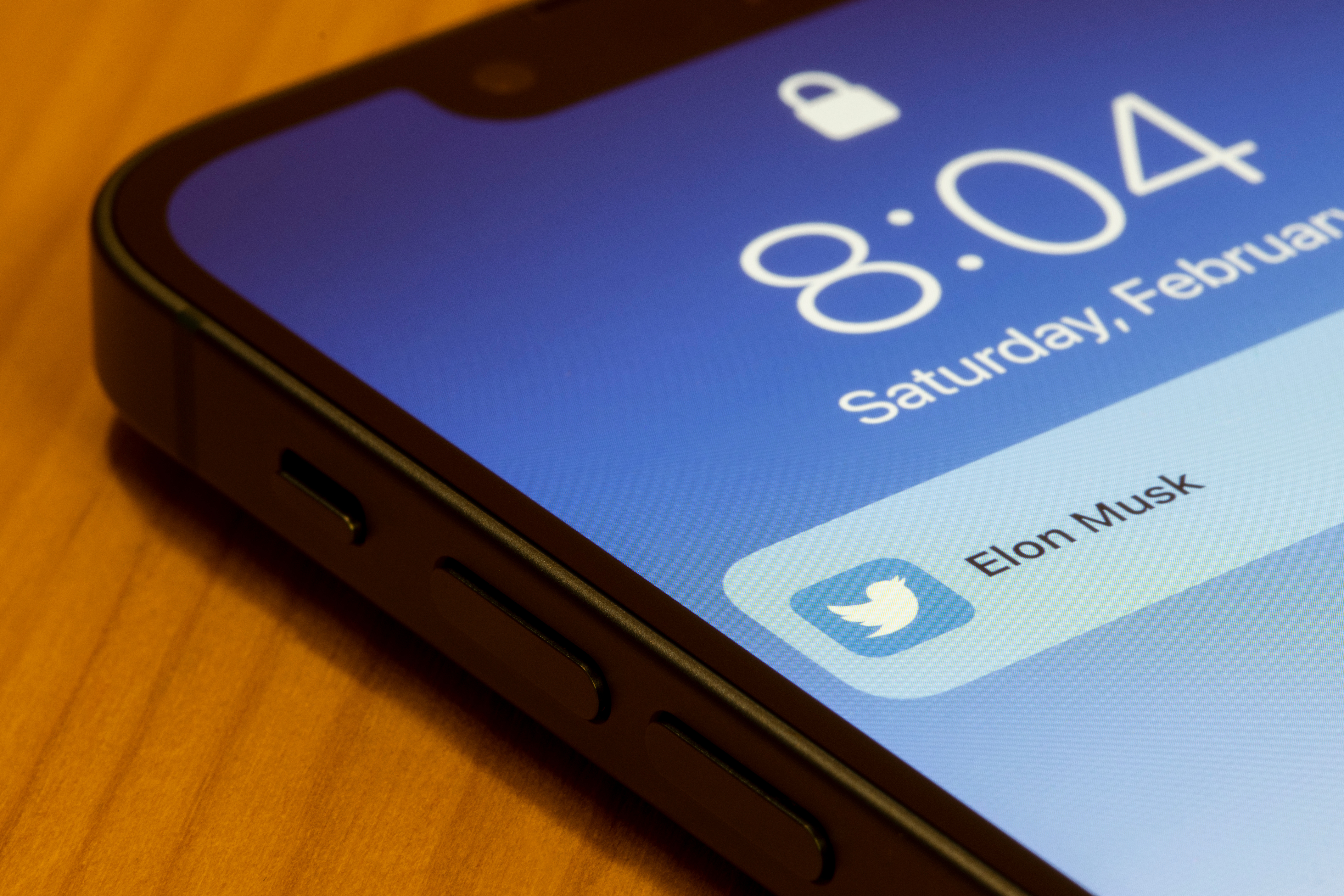 The announcements of massive industry layoffs, especially in the thriving tech sector, have arrived with an alarming frequency just as the world of work was ready to leave the pandemic behind. From the "great resignation" to "quiet quitting," "hybrid working," and "work from anywhere," the theme of "employee experience comes first" has dominated the post-pandemic headlines.
The announcements of massive industry layoffs, especially in the thriving tech sector, have arrived with an alarming frequency just as the world of work was ready to leave the pandemic behind. From the "great resignation" to "quiet quitting," "hybrid working," and "work from anywhere," the theme of "employee experience comes first" has dominated the post-pandemic headlines.
It appears the "new employment contract" has been redrawn in favor of the employees. The question today is whether the next economic stress test will expose the weak links in the employee-centric management model. Can the notion of "stakeholder capitalism" withstand the slowing economy and the looming recession that is forcing companies and their leaders to make difficult decisions and bring back the austerity tactics? Everyone is carefully watching how far the pendulum of change will swing in the other direction.
No matter the prevailing HR convention and "best practice" rhetoric, business disruption can force divergent responses to change. Elon Musk's acquisition of Twitter serves as a reminder that "the arc of management history" does not always bend in the direction of progress. As for Musk's management playbook, his disregard for the 21st-century norms of good management and a healthy workplace is a function of a deeper cultural phenomenon – America's fetishization of the technology CEOs. On that front, Musk is in the company of Theranos' Elizabeth Homes and FTX's Sam Bankman-Fried. Given the tri-factor of cases, could we also be experiencing a crisis of leadership all at once?
Recommended For You
It is too early to offer the full autopsy of Twitter's post-acquisition turmoil, but a few preliminary observations could be instructive for leaders, managers, and HR.
After the first two interminable months of Musk's leadership, his transition scorecard speaks for itself. Two-thirds of Twitter employees either resigned or have been laid off, most members of the senior management team were fired, more than half of Twitter's top advertisers, including Merck, GM, and Citigroup, suspended their accounts, and more than a million users deleted their accounts – all while thousands of formerly suspended extremist accounts were invited back.
It is worth shining light on the "what," the "how," and the "why" of Musk's management playbook.
The "what" of Twitter acquisition is officially about making the platform a profitable business. The richest man in the world had been vetted as the business leader who can "fix" the poorly managed social network. Musk showed up with the bathroom sink at the HQ on the day the acquisition was completed. "Let it sink in," was his message. If Musk's tactics worked for his engineering businesses, they were a poor fit for a complex social media business such as Twitter. The non-engineering staff, including senior management, legal, HR, and compliance, were laid off from the start. These first round of layoffs were carried out by e-mail and were immediately followed by a Slack broadcast giving remaining employees an ultimatum, mostly engineers, of "hardcore work ethic or else." The response was a mass resignation of employees refusing to submit to "modern-day slavery." Will this high-intensity work ethic rise again as it did at Tesla and SpaceX? The jury is still out there as the hashtags #RIPTwitter, #ElonDestroyingTwitter, and #ElonMuskIsATroll started to trend on the platform. I am reminded of Mike Tyson's pithy comment, "Everyone has a plan: until they get punched in the face."
The "how" of Elon Musk's approach is the "shock therapy," his take on Andy Grove's "only the paranoid survive." Unfortunately for Musk, Twitter employees "don't want to sacrifice their mental health and family lives to make the richest man in the world richer" – a comment made to CNN by a newly laid-off Twitter employee. Another trending hashtag from the remaining Twitter employees was #SleepWhereYouWork, with pictures of employees sleeping on the floor of their offices. Twitter users are departing in thousands and uniting under the hashtag #TwitterRefugees.
The "why" of the new Twitter reality is a reminder of apocryphal Louis IV's saying, "L'etat, c'est moi," which translates to "I am the state." A single-minded CEO is reshaping a company by the sheer willpower of his genius, trespassing laws, crushing through traditions, disrupting lives, and destroying reputations. There is no "we," nor "the team," nor "the company" or "a community" in Musk's vision for Twitter. Communication is flowing in one direction only. In the words of one of Twitter's employees referring to Musk's posture: "It felt like a punch in the gut because no matter how you felt about wanting to stay or wanting to go, you were forced to make a decision and feel like you're up against the time clock to make the best decision for you and your family."
A good measure of a company's culture is how they treat people on the way out. Musk has spectacularly failed that test. Reading ex-Twitter employees' testimonials, one begins to wonder who will be left to rebuild after the dust of the shock therapy settles.
Dr. Anna Tavis is a researcher, global educator and coach focusing on HR and the Future of Work.
Opinions expressed here are the authors' own.
© Touchpoint Markets, All Rights Reserved. Request academic re-use from www.copyright.com. All other uses, submit a request to [email protected]. For more inforrmation visit Asset & Logo Licensing.






